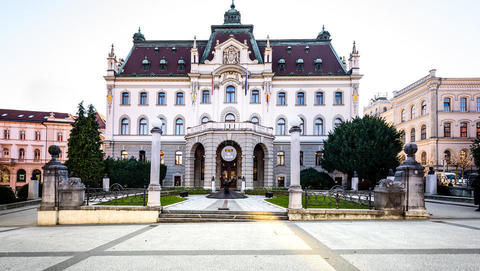SLOVENIA – YOUR BEST GATEWAY TO EUROPE
SLOVENIA THE GREEN NATION
Officially called the republic of Slovenia, Slovenia is located in the southern region of central Europe. It plays a strategic and important role in trade routes of European culture. Surrounded by Italy, Austria Hungary and Croatia, it covers about 20273 square kilometers. Slovenia has a population of 2.08 million.
WHY SLOVENIA?
Geostrategic position in the center of Europe,Part of more than 500-million EU market, Business-oriented environment, Stable investment environment , Educated and efficient workforce, Highly developed infrastructure, Very good road, aerial, railroad and maritime connections across Europe. Slovenia is the heart entry to the entire Europe from Nord sud East and Western Europe
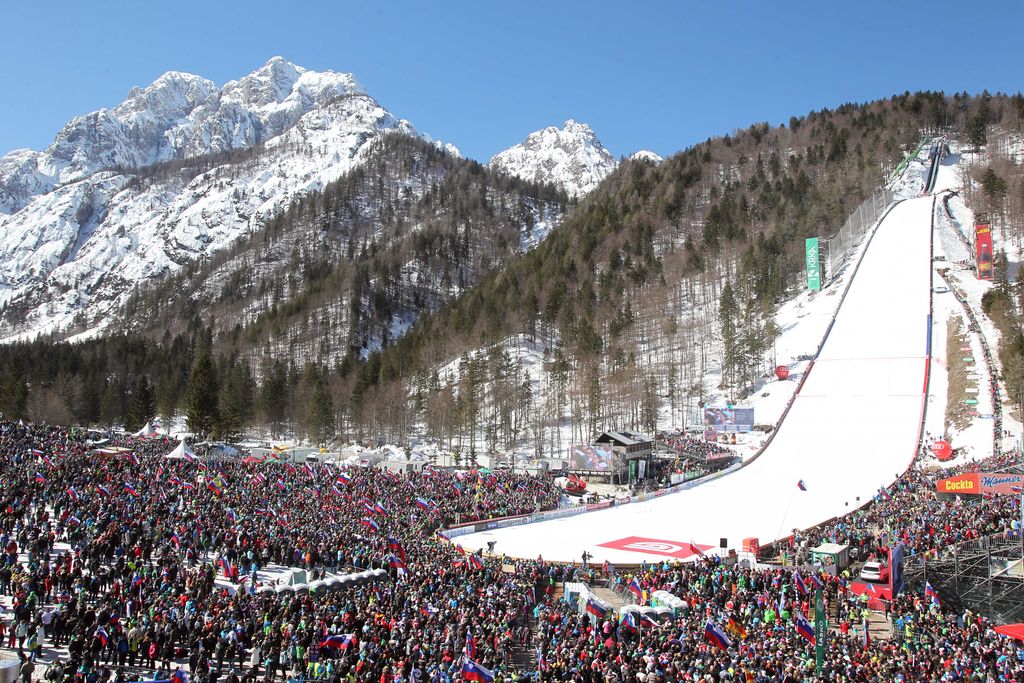
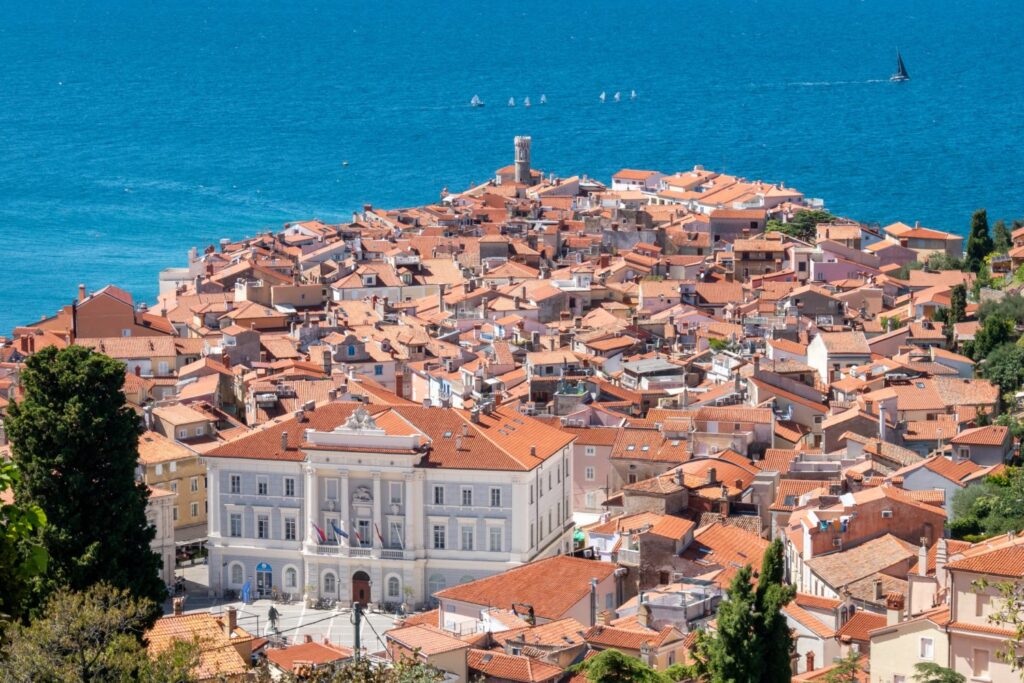

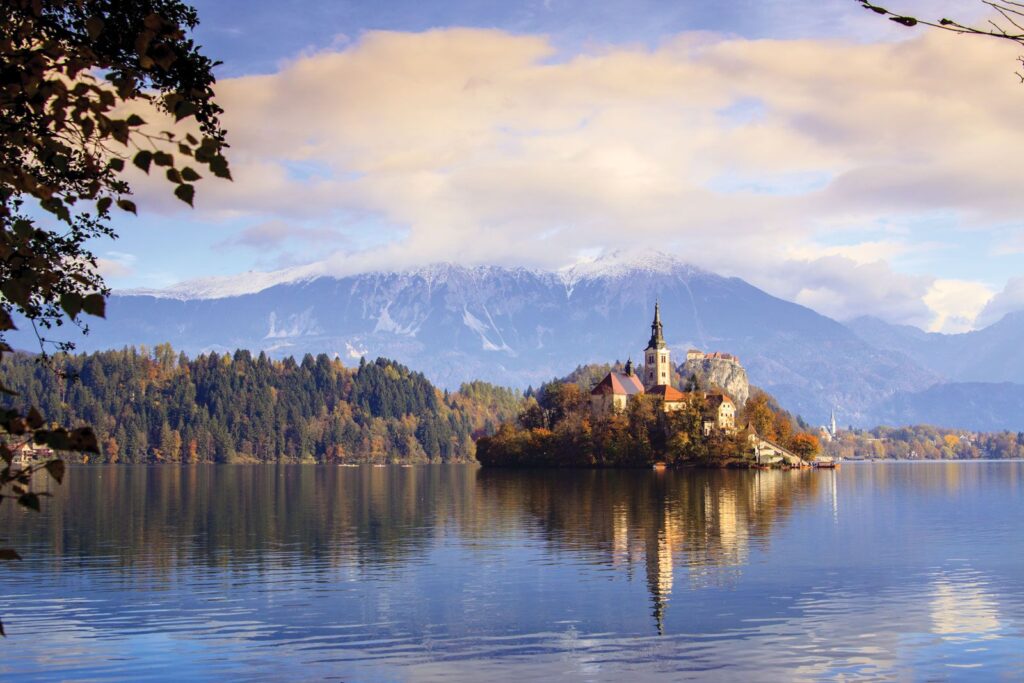
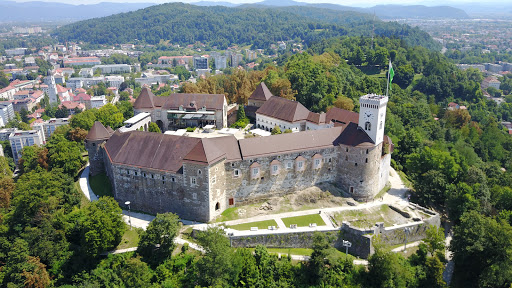
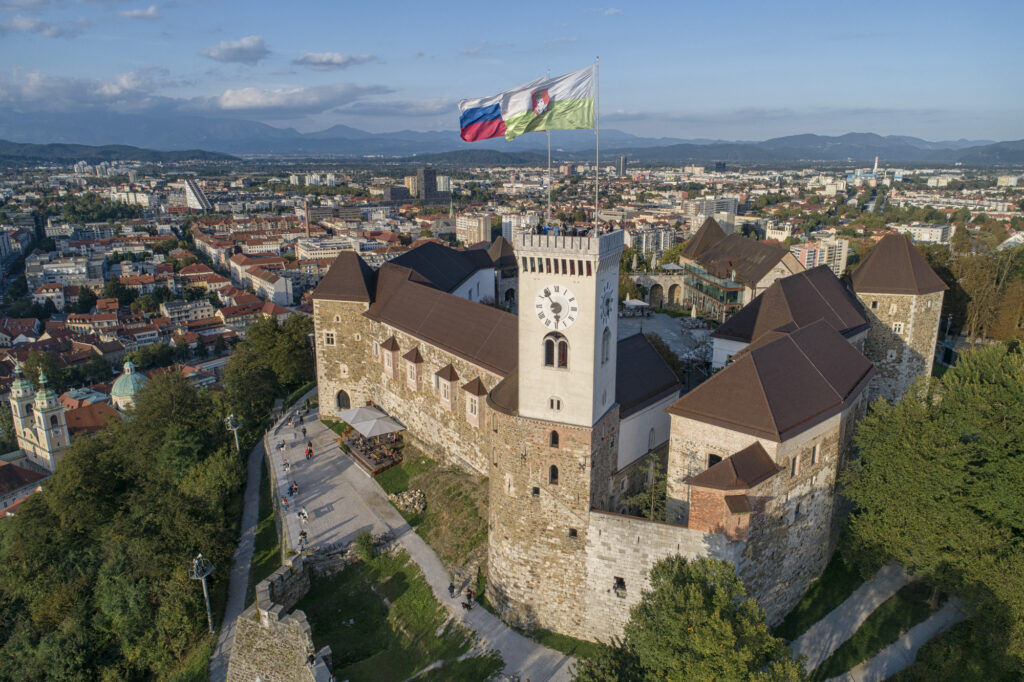
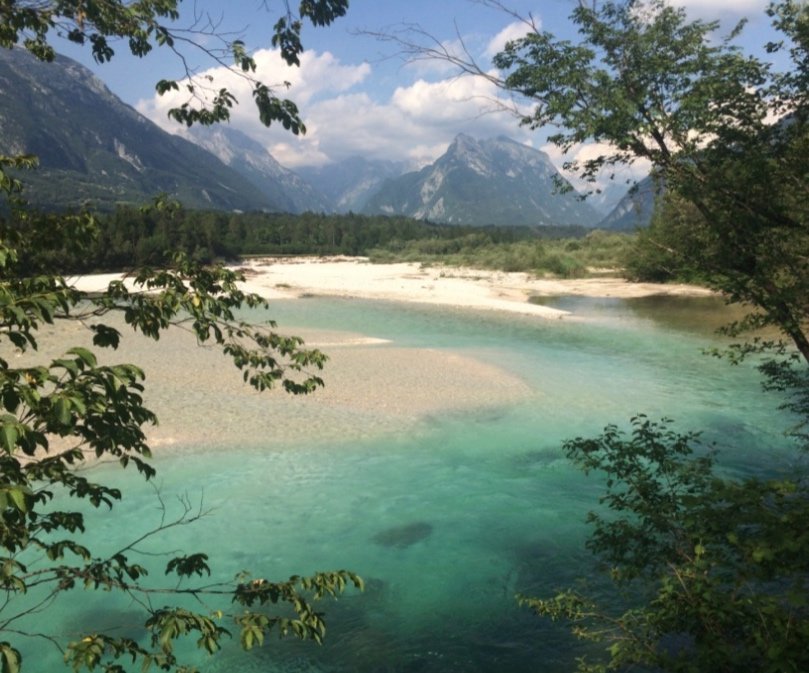
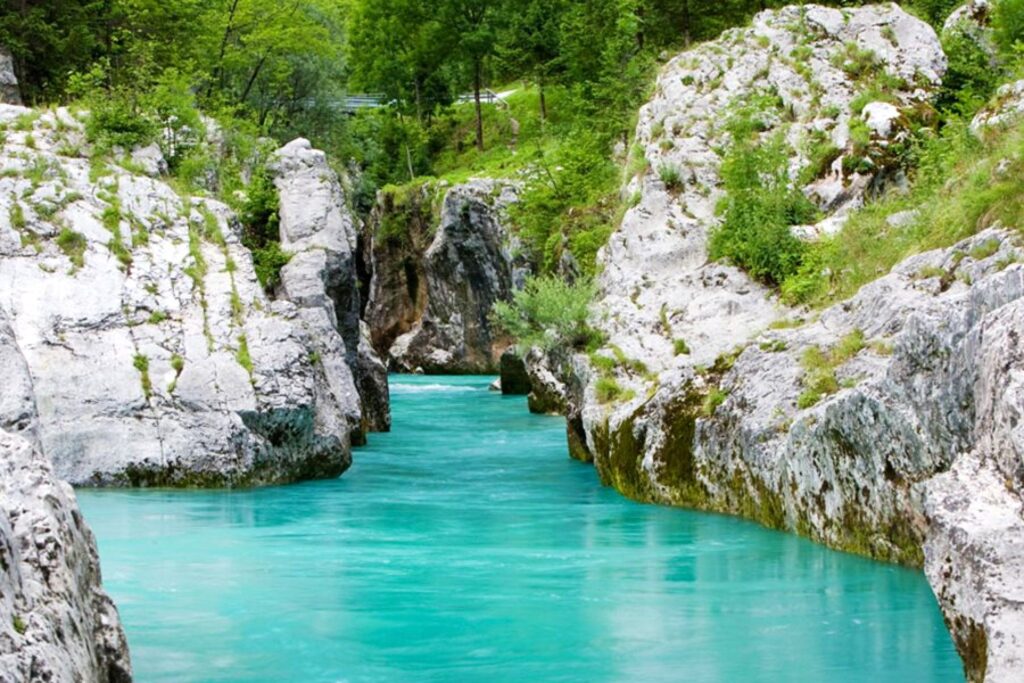

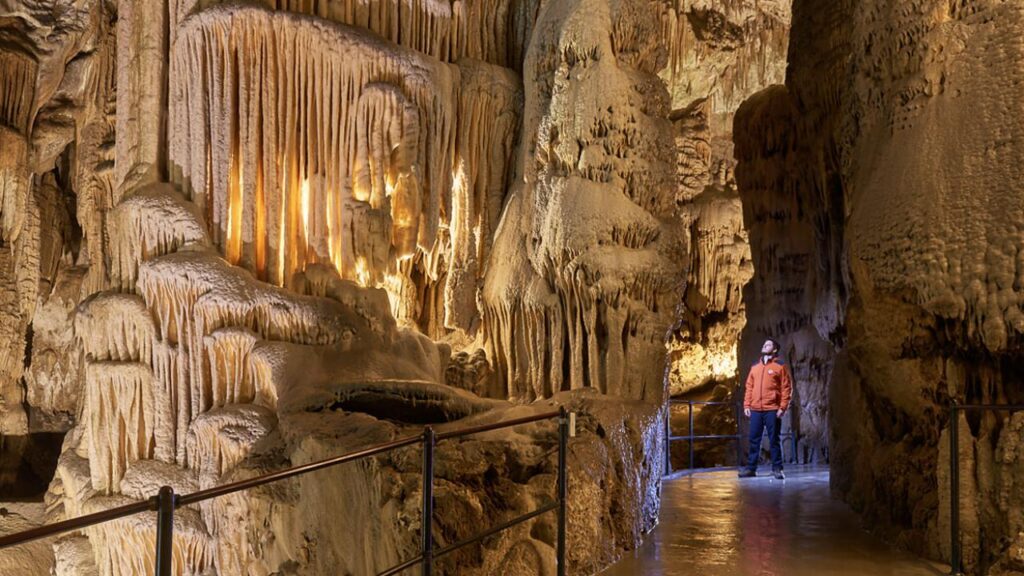
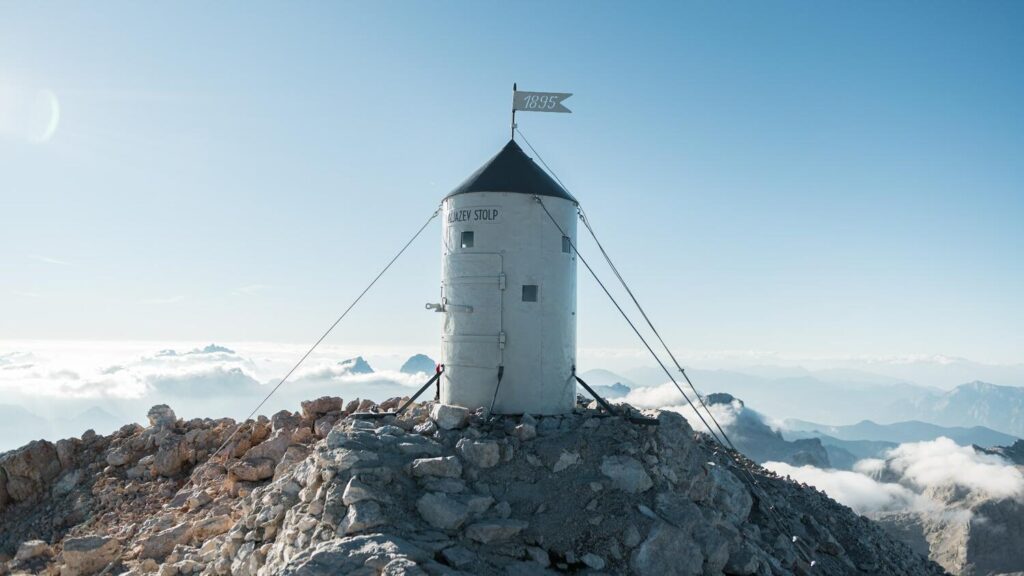
Slovenia in brief
Area: 20,273 sq. km / 7,827 sq. miles
Population: 2 million
Capital: Ljubljana (285,000 inhabitants)
EU member since: 2004
Eurozone member since: 2007
OECD member since 2010
Official language: Slovenian
Languages spoken: English, German, Italian, Serbian Croatian, Hungarian
WHY INVEST IN SLOVENIA?
– Business-friendly environment
– Quality infrastructure
– Quality workforce
– Government incentives
– Connections with 500-million EU market and regional markets

OVER 500-MILLION MARKET
Slovenia is an integral part of the internal EU market of 500 million people that ensures a free flow of goods, services, capital and people. By eliminating the trade barriers, the European Union encourages economic activity and enables its citizens to freely choose where to live, work, study and work.
GEOSTRATEGIC POSITION
Slovenia is located at the southern point of Central Europe, between Austria, Italy, Hungary and Croatia. In the north and west it has good links with the countries of Western Europe. In the southeast the country is linked with the Western Balkan countries with which it has multiple trade agreements, which means access to markets with additional tens of millions of people.
SLOVENIA ECONOMY
Slovenia is an export-oriented economy, since exports account for over 80 percent of GDP, of which three quarters are destined for the EU market. Slovenia’s largest volume of trade cooperation is being conducted with Germany and Italy, Austria, Croatia and France. Prevailing export sectors are the automotive, electronics, pharmaceuticals, chemicals, machinery and metalworking industries. Slovenian companies are partners and suppliers of some of the biggest global companies, such as BMW, Panasonic, Volkswagen, Sandoz, Renault. Some of the major global corporations such as Bosch, Siemens, Goodyear, Danfoss, Microsoft, Novartis Pharma, IBM, Raiffeisen Bank, S & T, Societte Generale and Unicredit Bank among others are present in Slovenia.
According to the study conducted by the Institute for Strategic Solutions, Slovenia is the best destination for foreign investment in Central Europe thanks to political stability and favorable macroeconomic forecasts. Investment environment in Slovenia is stable, and becoming more and more investor friendly every year due to the efforts of the Slovenian government. Economic growth is driven by rising exports and increased domestic consumption.
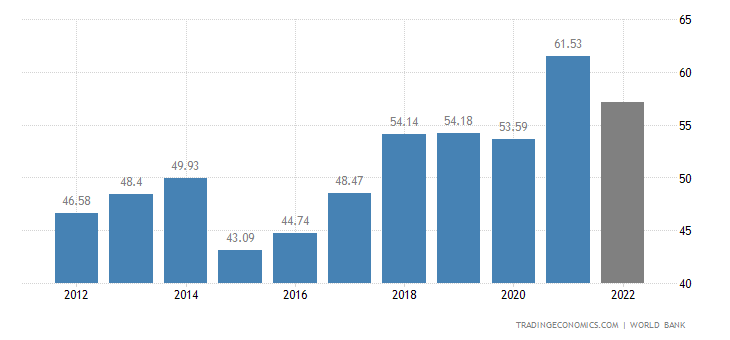



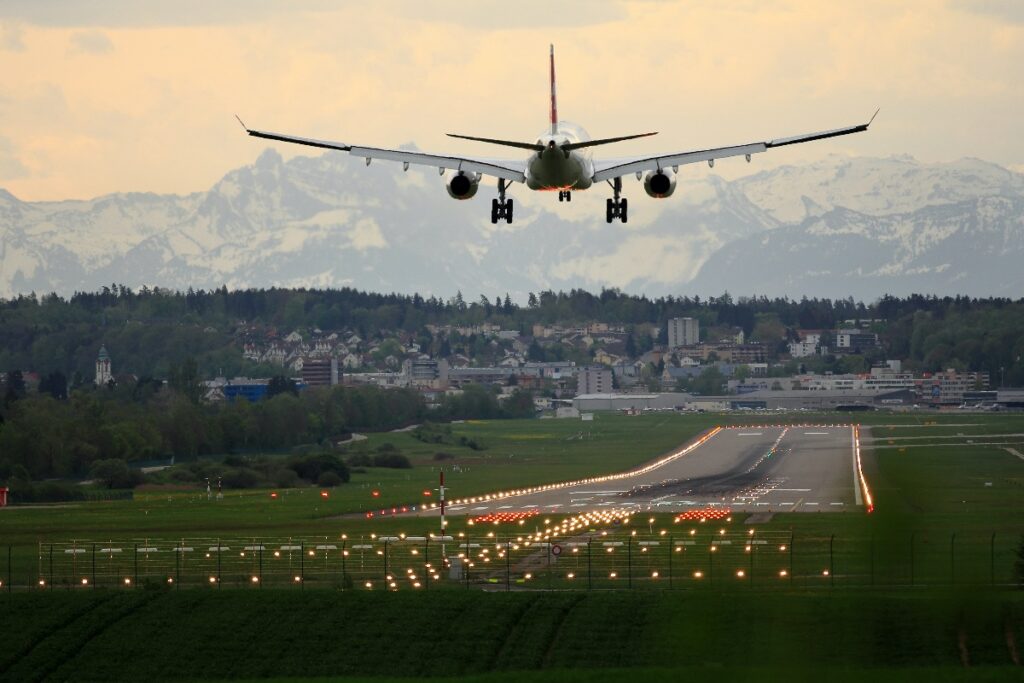
LOGISTICS
With its strategic geographic position, Slovenia is an important traffic hub in this part of Europe. The traffic flows between north and south and east and west intersect here. Two important international transport corridors, crucial for supplying of backhaul markets flow through Slovenia:
Baltic-Adriatic in direction (Graz)-Šentilj- Maribor-
Ljubljana- Koper/Trieste
and Mediterranean in direction (Venice)-Trieste/
Koper- Ljubljana-Pragersko- Hodoš-(Budapest).
Slovenia has a well developed logistic infrastructure. One of the main logistic branches is the rail transport, with 1,200 kilometers of rail network in addition to the modern road network, international freight and passenger airports and one of the main freight ports in Central Europe, the Port of Koper The country constantly invests in improvement and modernization of the railway infrastructure and thus follows the European policy of effective transport with shifting freight from road to railway networks.
The transport route through Slovenia represents the fastest access to Central Europe. The goods arriving to the Port of Koper through Suez from the Asian side reach Europe approximately seven days faster than through Northern European ports.
Slovenia is an ideal country for foreign direct investment. Its advantages are the quality infrastructure, exceptional consecutiveness and knowledge of regional markets and quality, highly educated workforce.
Slovenian governments are very favorable towards foreign direct investment in the country and can offer a number of incentives.
Slovenia is very focused on education, gaining new knowledge and research and development, which represent a lot of added value, which is particularly true for information and communications technology, pharmacy and natural sciences sectors. Thanks to a good education system and a general interest in technology and innovation Slovenia can offer a highly educated and motivated workforce. 22 percent of the population has a university degree; almost 60 percent of the population has completed high school. 40 percent of the population between 30 and 34 years of age has completed post-secondary education. The population in Slovenia has a high degree of computer literacy. In Slovenia, at least 70 percent of the population is able to communicate in two languages. The foreign languages spoken most are English, German, Italian, Croatian.
SLOVENIA EDUCATION
Despite being a small country, Slovenia has some of the best institutions of higher education. Slovenia’s education is ranked 12th best in the world and considered to be the 4th best in the European Union.
1) Primary Education: Primary education in Slovenia is compulsory under the nation’s constitution and paid for through public funds.
2) Secondary Education: The upper secondary education system in Slovenia is centralized and students enroll at the age of 15.
3) Tertiary Education: Higher education in Slovenia includes private and public universities, technical colleges, art academies and professional colleges. Learning pathways fall under two general categories: short cycle (two years) vocational education and traditional higher education.
Slovenia universities offer a variety of studies programs, they offer studies abroad and exchange programs to promote language development skills while giving students the opportunity to interact with different cultures around the world. Slovenia is part of the double degree bologna system.
4) International Performance: Ljubljana – Slovenia has placed 22nd among 154 countries in the Global Knowledge Index 2021, released as part of the UN Development Programme to measure countries’ performance in higher education, research, development, economy and information and communication technology.
Announcing the release of the index, the Education Ministry has noted that Slovenia also places 22nd among 61 countries with a very high index of human development. The top three ranked are Switzerland, Sweden and the US.
More detailed indicators show Slovenia above the global average in all levels of education. Slovenia thus ranks 13th among 154 countries at the pre-university level of education, which includes education from pre-school to the end of secondary school. The top three are Finland, Denmark and France.
Slovenia placed 24th in technical and vocational education and training, and 26th in higher education, ranking 25th in research, development and innovation, and 27th in information and communications technology.


